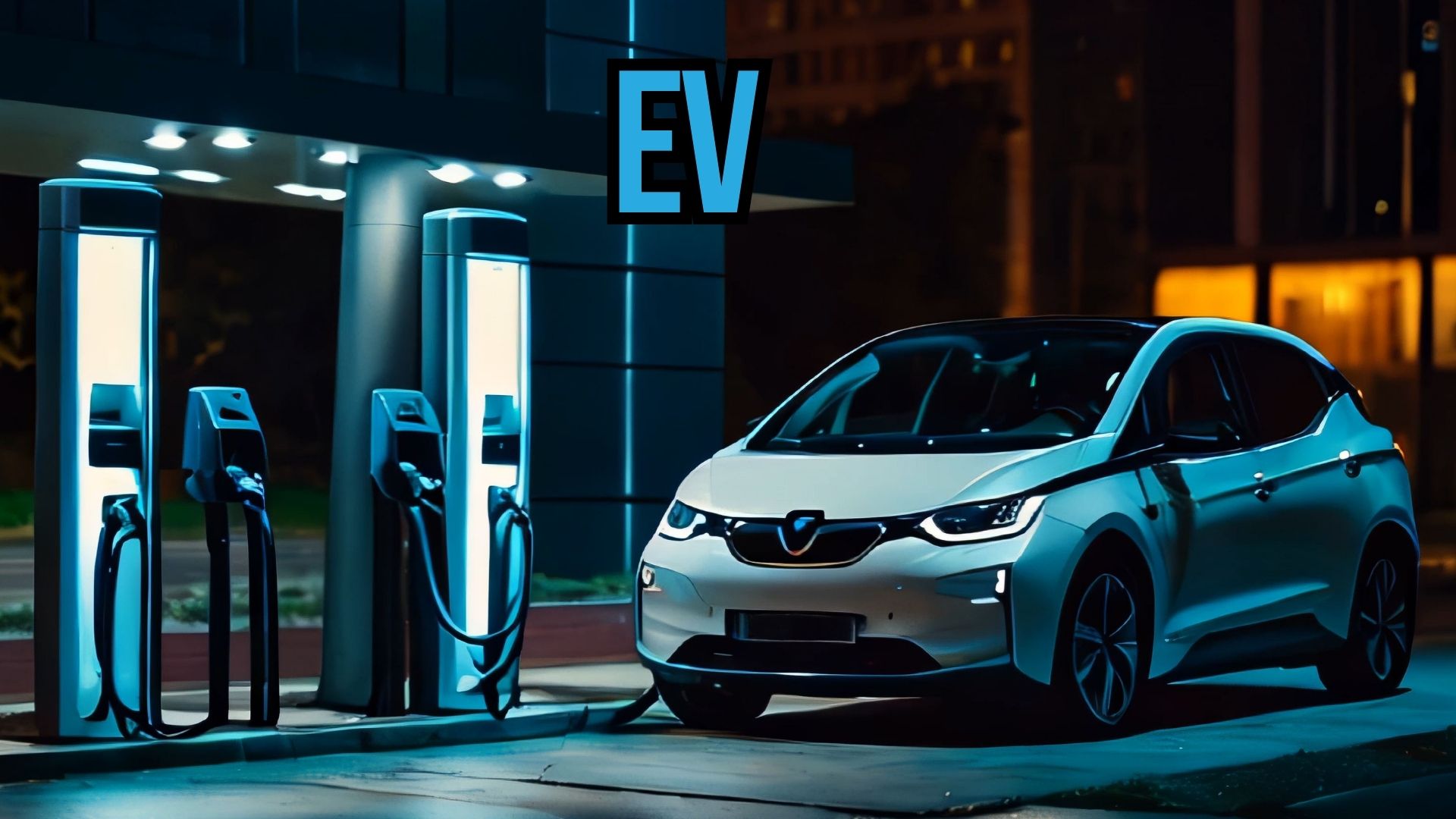The electric vehicle (EV) market is undergoing a significant transformation. Once considered a premium option, EVs are now edging closer to mainstream affordability. Automakers across the globe are adjusting their strategies to meet rising demand for lower-cost electric cars while navigating tariffs, incentives, and production challenges. Here is a closer look at how major brands are reshaping their EV offerings for more cost-conscious buyers.

Toyota Updates Its EV Lineup
Toyota has introduced key revisions to its only electric vehicle for 2026, now referred to simply as the bZ. The updated model brings several improvements, including:
- More power and extended driving range
- Adoption of a Tesla-type charging port
- A lower base price, starting just over $36,000, which is about $2,000 less than the current version
These updates align Toyota more closely with consumer demand for affordable, practical EVs. Alistair Weaver, editor-in-chief at Edmunds.com, notes that more EVs are now reaching the $30,000 to $40,000 range, a critical price point for many buyers.
Quick Summary
Brand |
Model |
Starting Price |
Range/Key Features |
Official Site Link |
|---|---|---|---|---|
Toyota |
bZ (2026) |
Just over $36,000 |
More power, extended range, Tesla port |
|
Volvo |
EX30 Plus |
$47,490 |
Small SUV, tariffs impacting cost |
|
Chevrolet |
Next-gen Bolt |
TBD (Lowest-priced EV) |
Affordable revival of popular EV |
|
Nissan |
Leaf (2026) |
Just over $31,000 |
Up to 300 miles range, lower than 2011 model |
|
Ford |
EV Pickup (2027) |
$30,000 |
Built on new EV platform, cost-efficient |
Volvo’s EX30: Affordable Concept Meets Real-World Obstacles
Volvo has committed to an all-electric future, aiming to attract buyers with its small EX30 crossover. Initially marketed as an affordable model expected to launch under $40,000, the EX30 faced hurdles. Because it is manufactured in China, the vehicle has been subject to high tariffs in the U.S. market.
As a result, the entry-level EX30 Plus now starts at $47,490. Volvo plans to relocate production to Europe in the future, potentially making the EX30 more competitive in pricing. Weaver explains that while the EX30 was meant to be a “mass-market leader” at $35,000, tariffs and international supply chain complexities have kept prices higher than anticipated.
Policy Challenges: Tariffs and Tax Incentives
Affordability is also being shaped by government policy. Automakers are facing a “double jab,” according to Weaver, as tariffs on imported vehicles and components coincide with the looming expiration of the federal $7,500 EV tax credit on September 30. This policy landscape could impact both pricing strategies and consumer adoption rates.
Chevrolet’s Bolt Makes a Comeback
Chevrolet discontinued its Bolt EV and EUV a few years ago, but the brand has reversed course and announced a next-generation model. While official pricing has yet to be released, Chevrolet has hinted that the new Bolt will be its lowest-priced EV model. The decision reflects Chevrolet’s recognition of the growing need for affordable EVs that appeal to budget-conscious buyers.
Nissan Leaf: More Range at a Lower Price
Nissan is preparing to launch the third generation of the Leaf in 2026, a model that played a pivotal role in the early EV market. The new Leaf will feature:
- Up to 300 miles of driving range
- A price just over $31,000
Interestingly, this makes the 2026 Leaf not only more capable but also more affordable than the 2011 Leaf, which offered just 75 miles of range and cost nearly $34,000 at launch. Nissan’s pricing strategy highlights the industry-wide push to make EVs accessible to a wider audience.
Ford’s Bold Step: Affordable EV Pickup Truck
Ford is also working on an all-new EV platform that promises cost efficiency and broader appeal. Built in Kentucky, the new vehicles will be produced on streamlined assembly lines designed to lower manufacturing costs. The first model to launch under this platform will be an EV pickup truck priced around $30,000, with a planned release in 2027.
Although Ford has been losing money on its EV operations, the company aims to leverage its strong pickup truck sales to carve out a profitable path in the affordable EV segment. Weaver observes that Ford is aligning its EV pricing with its successful gas-powered truck lineup, which typically sells for about $35,000.
The Road Ahead for Affordable EVs
The push toward affordability is reshaping the EV market. Manufacturers are learning that while many consumers are interested in electric mobility, high prices remain a barrier. With Toyota, Nissan, Chevrolet, and Ford moving aggressively to deliver options in the $30,000-$40,000 range, EV adoption may accelerate in the coming years.
Despite policy challenges and global supply chain complexities, the industry trend is clear: affordable EVs are no longer a distant goal but an imminent reality. For shoppers hesitant due to sticker shock, the next few years may present the best opportunity yet to enter the EV market.
FAQs
1. Why are automakers focusing on affordable EVs now?
A. High sticker prices have limited EV adoption. Automakers are realizing that the $30,000–$40,000 price range is critical to making EVs mainstream.
2. What role do tariffs and tax incentives play in EV pricing?
A. Tariffs on imports increase costs for automakers, while federal tax incentives reduce costs for buyers. The expiration of incentives could temporarily raise effective prices.
3. How does the new Nissan Leaf compare to the original model?
A. The 2026 Leaf offers up to 300 miles of range for just over $31,000, compared to 75 miles of range at nearly $34,000 for the 2011 model.
4. When will Ford’s affordable EV pickup be available?
A. Ford plans to release its new EV pickup in 2027, starting around $30,000.
5. Which brand currently offers the lowest-priced upcoming EV?
A. Based on announcements, the new Nissan Leaf is expected to be the most affordable at just over $31,000.
For More Information Click HERE






